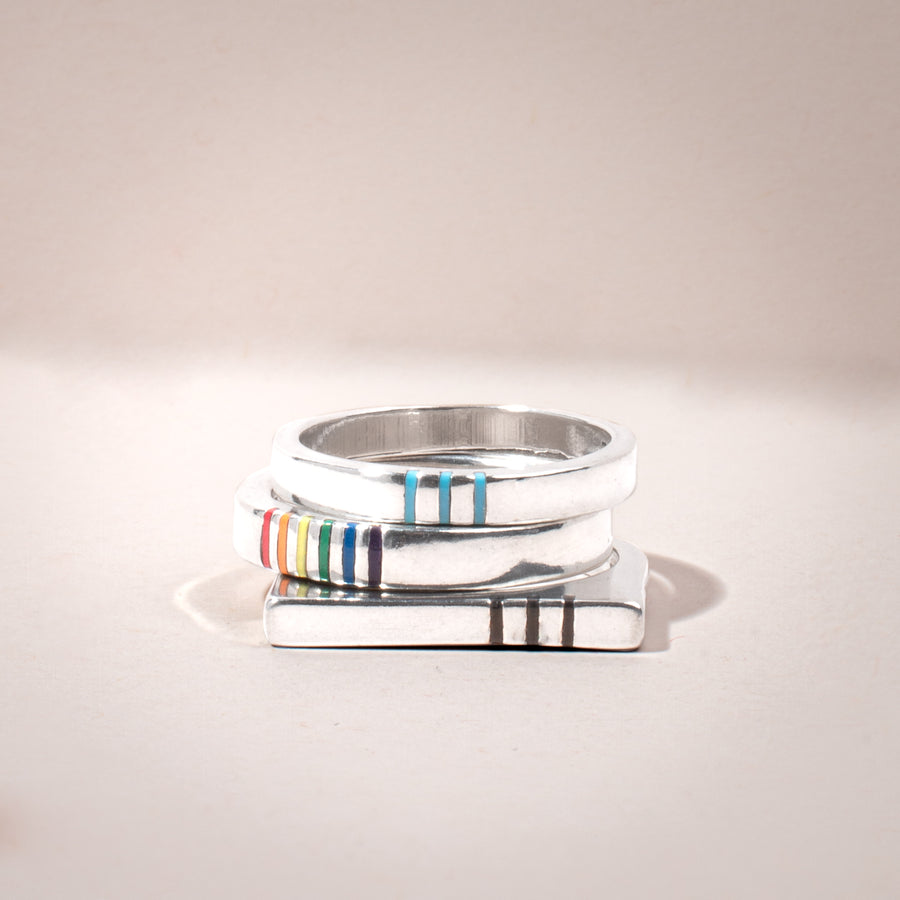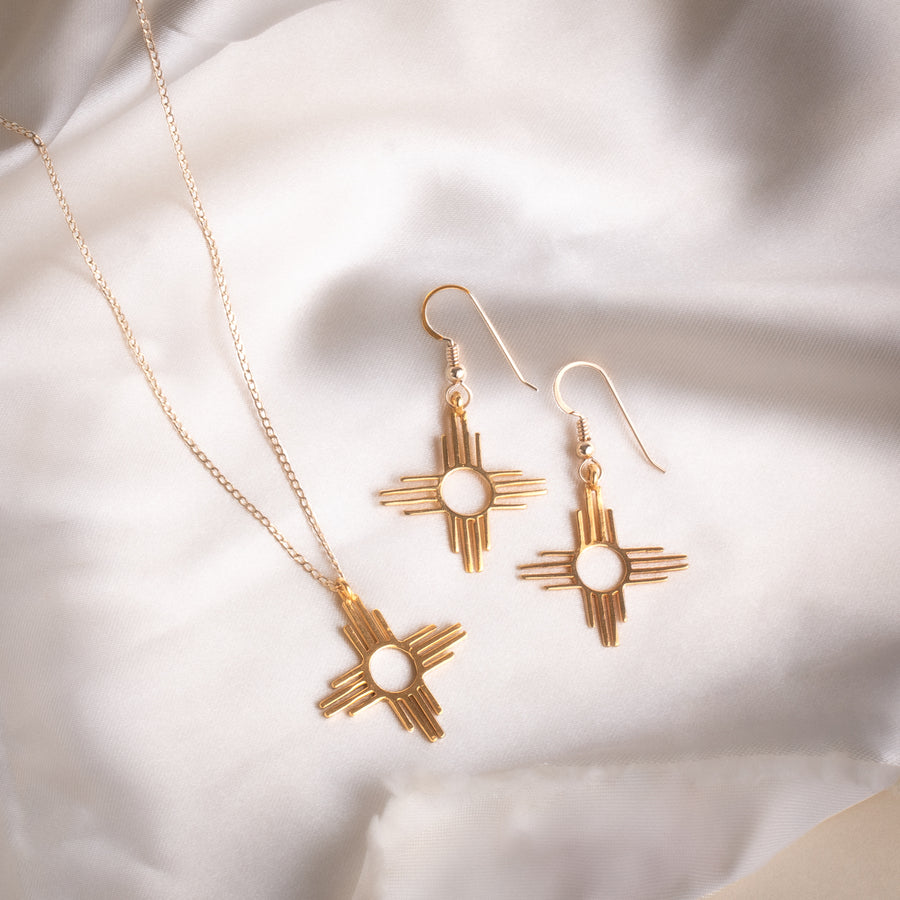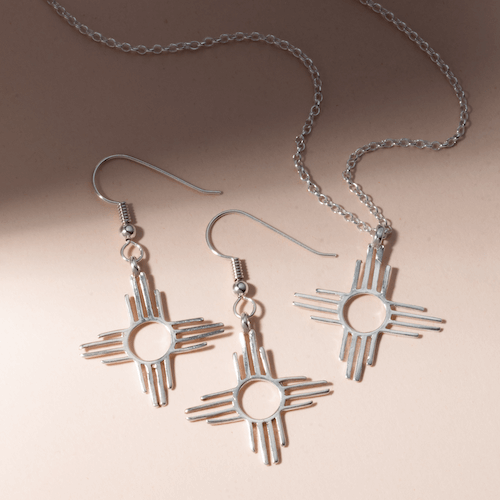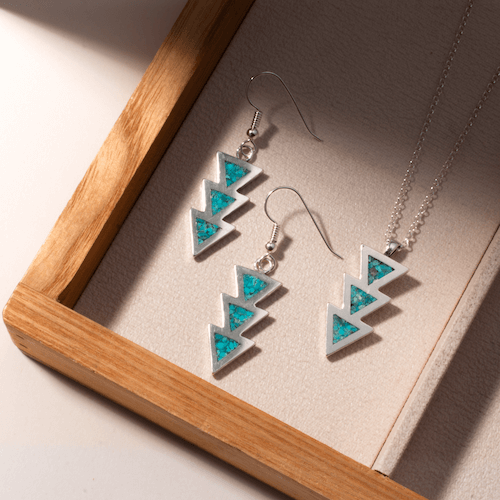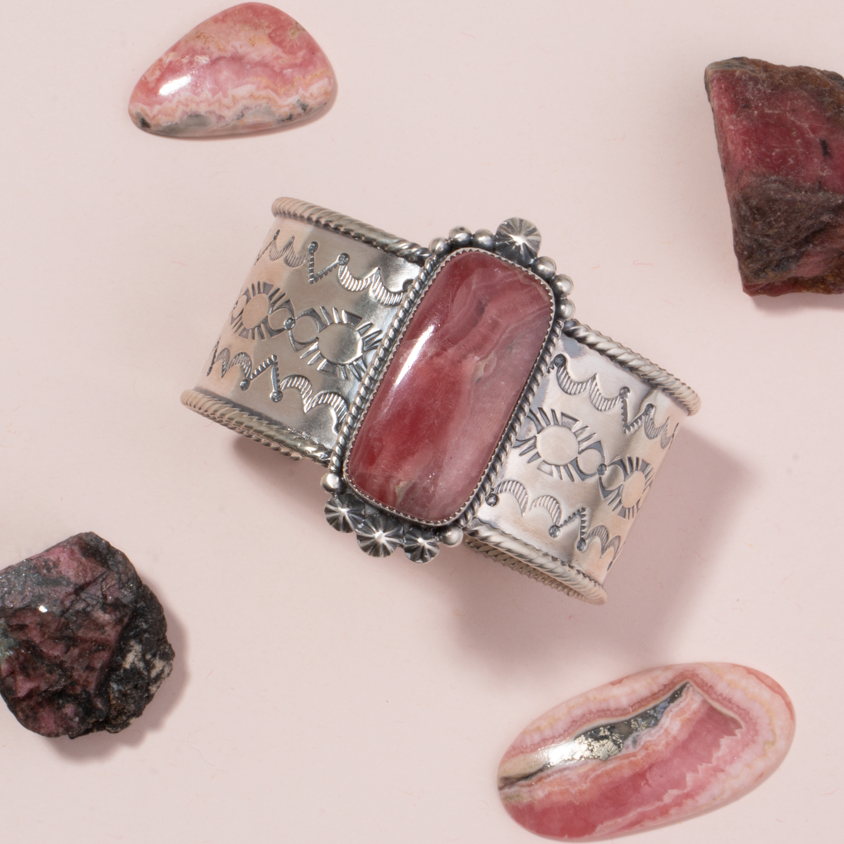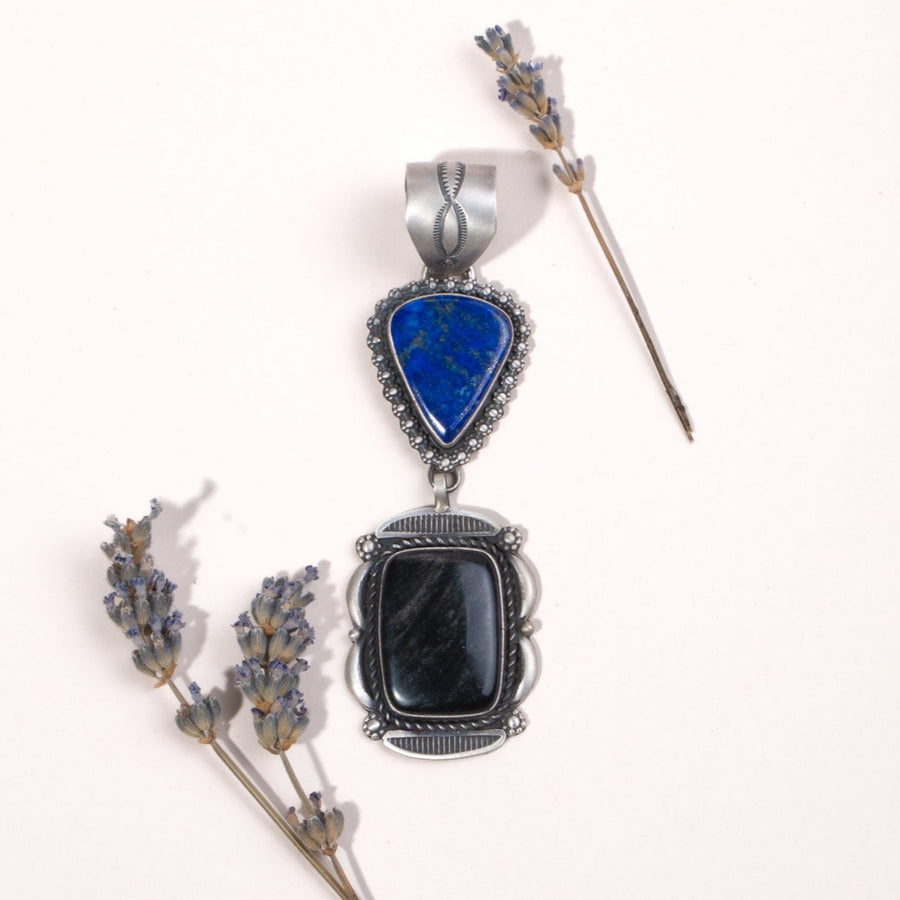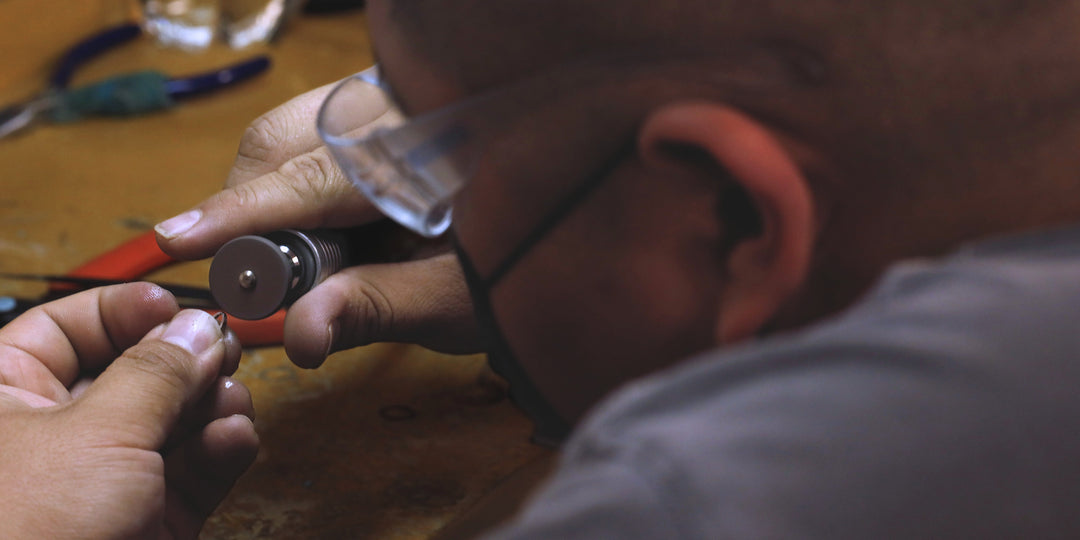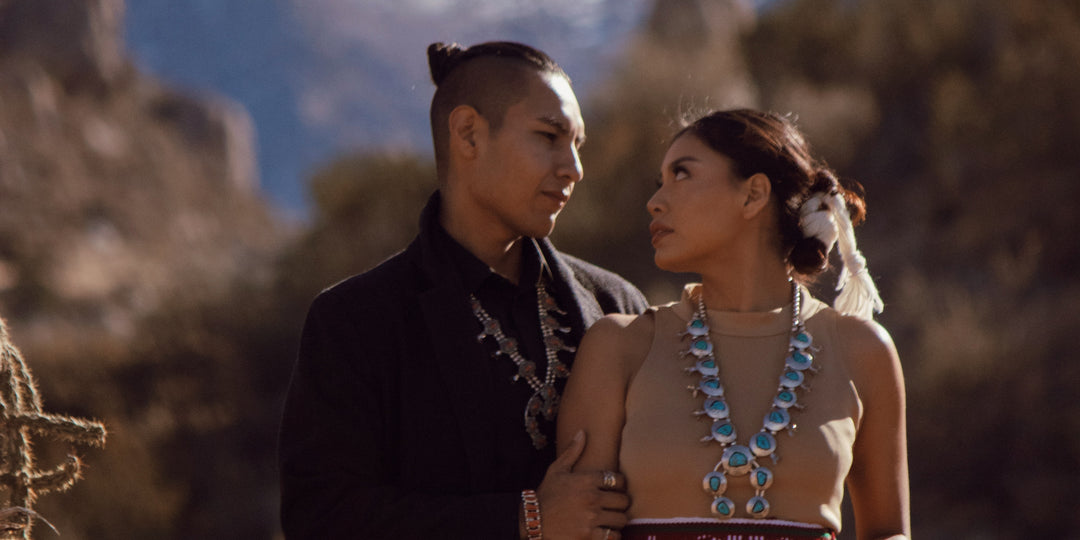Hunting the Silver Lining
Mohawk Mine, Goldfield, Nevada, ca.1900-1905
Silver has played a part in human history since some of our most ancient civilizations. Remnants of the mining of this precious metal, such as washing tables, can be found in places whose habitation stretches back for thousands of years, places such as Asia Minor and the cultivated islands of the Aegean Sea. Its role as a form of currency and its value on the market of human exchange lifted silver out of its hiding places deep in the earth and placed it into the cultures around them in ways that would change both the land and the people.
The discovery of silver often sparked the fevered activity of those hopeful gamblers who saw it as a quick way to gain the wealth they sought. Silver mining aided in the economic growth and development of countries in South America such as Peru, Bolivia and Chile as well as creating change in Mexico, Canada and the United States. The extraction of silver boosted the mining industries in places across Europe as well and the desire to gain access to its potential led to new, more efficient developments in the mining industry itself. Through the human pursuit of it, the discovery of silver changed the face of the landscape around the mines where it was uncovered, leaving behind settlements, communities and, in some places, ghost towns.

In the United States, deposits of silver ore on a large scale were first uncovered in Nevada in 1858 with the discovery of the Comstock Lode, a vein of silver found beneath Mount Davidson. Hopeful miners flocked to the area and mining camps such as Virginia City and Gold Hill became thriving metropolises. Some of those who dug the silver out of the lode did make their fortunes but it wasn’t only the bank accounts which saw a change. The desire to get the silver out of the ground led to new mining techniques, such as square set timbering, a way for underground miners to create three dimensional shafts to get at more of the ore. This method afforded miners more time to get at the valuable ore by staving off the possibility that the soft rock would collapse on them.
Though the modern world is more familiar with the silver found in jewelry or the concept of silver as an investment, it was often used in the past for coins which saw every day use. Silver’s value as a form of money was found in cultures as diverse as the ancient Greeks, the Persians, and the British Empire. British pennies produced prior to the year 1797 were made of silver.

In the early days of the United States, the government of the new country mandated that coins would be made of gold, silver and copper. Higher denominations were minted from gold, with the dimes, quarters, dollars and half-dollars being minted from silver. Coins in denominations lower than a dime were made from copper.
Minting of coins made from silver continued into the 1960s. Coins made prior to 1964 were ninety percent silver. A crisis in silver resources cut back on its usage in the making of dimes and quarters. Paper dollars replaced the silver coins and the amount of silver in half-dollars dropped to forty percent. After 1970 even the half-dollars lost their silver content. Today these coins are produced with a copper core covered by a layer composed of three-fourths copper and one-fourth nickel alloy, with only certain commemorative coins having any measurable quantity of silver.
The reasons behind silver’s early popularity as coinage are simple: the metal is durable and lasts a long time, it is easy to transport and, not being as valuable as gold, silver was a more practical alternative for daily transactions. Other reasons related to its weight and ability to be divided added to its suitability.
Silver is still considered a valuable resource today, in spite of being absent from the coins it used to create. Investors often use silver as a hedge against the ups and downs of today’s financial markets. Its price and its worth depend on the type of investment purchased, but its beauty and its value are still a part of our culture. The desire for silver in the form of a beautiful piece of jewelry is easier for today’s consumer to acquire thanks to the many artisans who still work with this timeless precious metal. It is nice to have a piece of history as an heirloom for the future.
References:
http://www.usmint.gov/historianscorner/?action=production
http://www.bankrate.com/finance/investing/buying-and-selling-silver-1.aspx
https://en.wikipedia.org/?title=Comstock_Lode
https://en.wikipedia.org/wiki/Philip_Deidesheimer
https://en.wikipedia.org/wiki/Silver_coin#Why_silver_is_used_for_coinage
https://en.wikipedia.org/wiki/Silver_mining
https://en.wikipedia.org/wiki/Silver_mining_in_the_United_States
